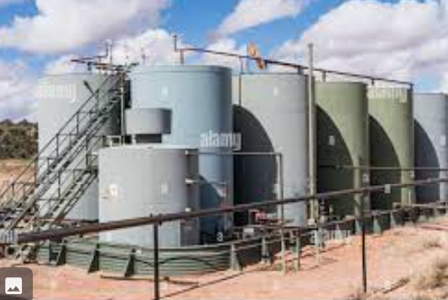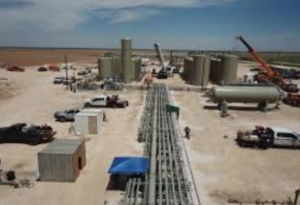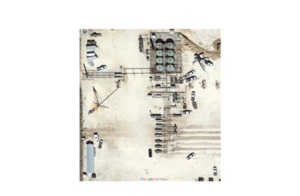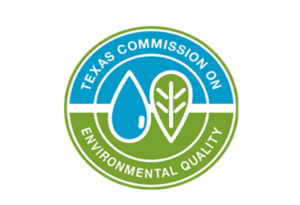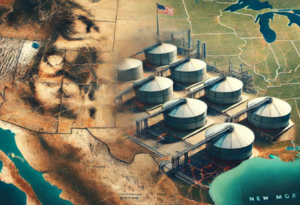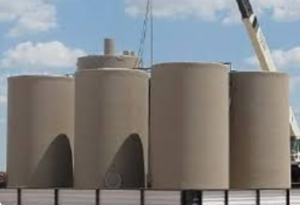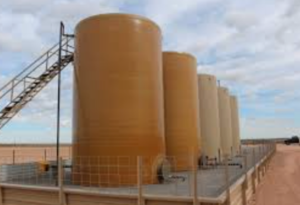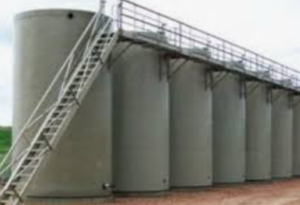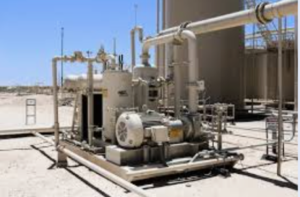Tank fatigue failure refers to the process in which a storage tank or a similar structure experiences failure due to the repeated application of cyclic stresses over time. Tank fatigue failure can lead the requirement to shut down a tank battery.
Shutting down an oil and gas tank battery, which is a facility that receives, stores, processes, and transfers produced fluids from oil and gas wells, can have various impacts. The decision to shut down a tank battery may be driven by factors such as maintenance, safety concerns, regulatory compliance, or changes in production operations. Here are some potential impacts associated with shutting down an oil and gas tank battery:
- Production Disruption:
- Shutting down a tank battery will halt the processing and transfer of fluids from wells to storage or transportation. This can result in a temporary disruption to oil and gas production from the associated wells.
- Revenue Loss:
- The temporary halt in production can lead to revenue loss for the oil and gas operator. The impact on revenue will depend on the duration of the shutdown and the production capacity of the wells.
- Operational Costs:
- While the tank battery is shut down, there may still be ongoing operational costs, such as maintenance, personnel salaries, and other fixed expenses. These costs may continue even when production is temporarily halted.
- Safety and Environmental Considerations:
- Shutting down a tank battery may be necessary for safety or environmental reasons, such as maintenance activities, equipment inspections, or addressing a potential hazard. The impact on safety and the environment can be positive if the shutdown is preventive or corrective in nature.
- Regulatory Compliance:
- Certain regulatory requirements may necessitate the temporary shutdown of a tank battery for inspections, testing, or other compliance-related activities. Compliance with environmental regulations and safety standards is a key consideration.
- Maintenance and Repairs:
- A planned shutdown allows for maintenance and repairs of equipment, tanks, pipelines, and other components of the tank battery. This helps ensure the ongoing integrity and reliability of the facility.
- Reservoir Pressure:
- In the context of oil reservoir management, shutting down wells and tank batteries may impact reservoir pressure. This can be a consideration in fields where maintaining optimal reservoir pressure is crucial for production.
- Restarting Challenges:
- Depending on the duration of the shutdown and the complexity of the facility, restarting a tank battery may pose logistical and operational challenges. Careful planning and coordination are required to resume operations smoothly.
- Supply Chain Impact:
- The temporary shutdown of a tank battery may impact the supply chain, especially if the facility is a key part of the transportation and processing network. This can affect downstream activities such as refining and transportation.
- Community Relations:
- Depending on the location of the tank battery, shutting it down may have implications for the local community. Communicating with stakeholders and addressing concerns can be essential for maintaining positive community relations.
- Asset Integrity:
- Shutting down a tank battery for maintenance contributes to the long-term integrity of assets. Regular inspections and preventive maintenance can extend the lifespan of equipment and reduce the risk of unplanned failures.
Decisions to shut down an oil and gas tank battery are typically made with careful consideration of economic, safety, and environmental factors. Planning for shutdowns includes assessing the potential impacts and implementing measures to minimize disruptions and ensure the safe and efficient resumption of operations. Tank bases play a critical role in oil and gas containment by providing a stable and secure foundation for storage tanks. They are used to support and protect the tank structure, ensuring its stability and preventing potential hazards.
Tank News

